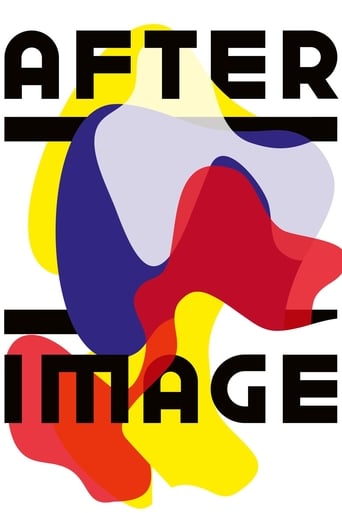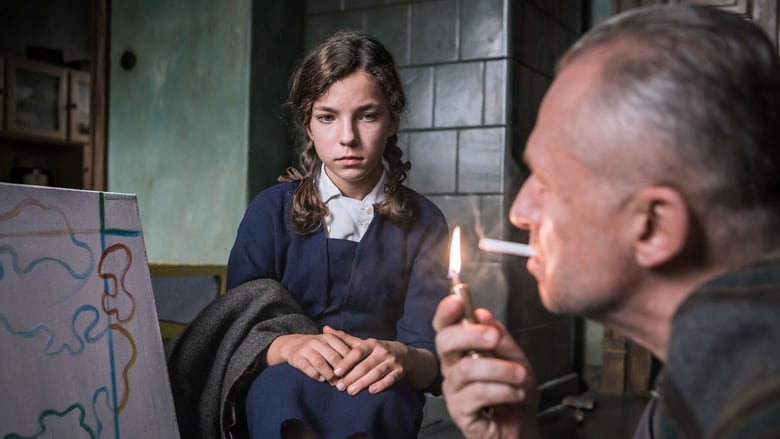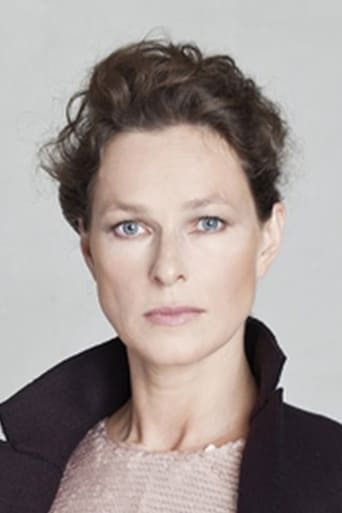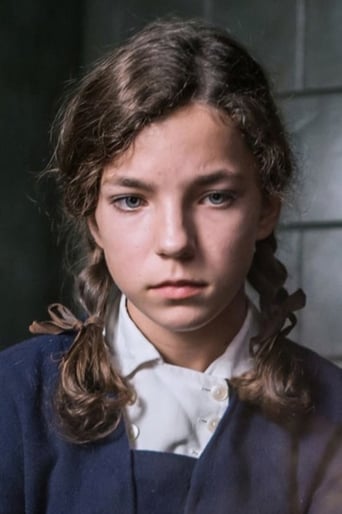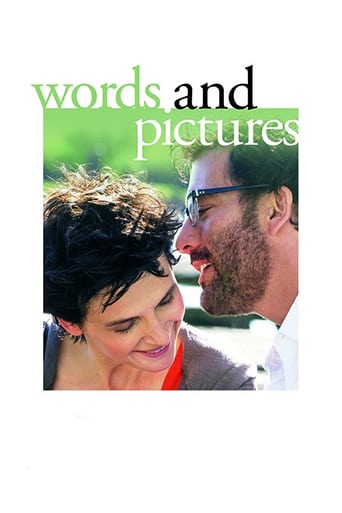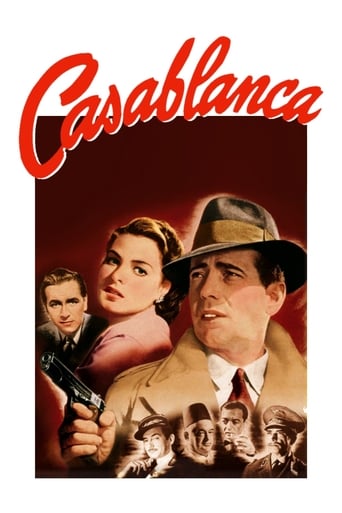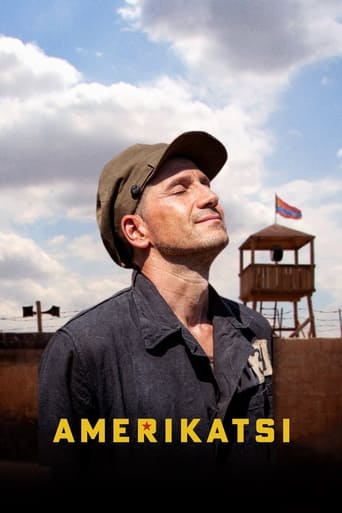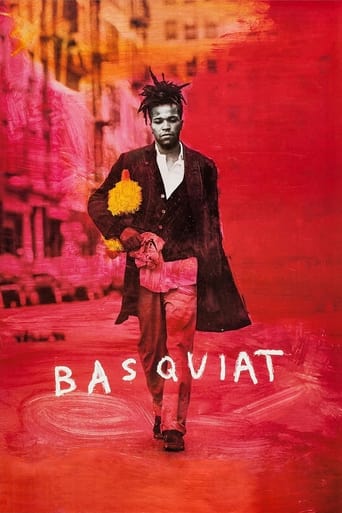Afterimage (2016)
In 1945, as Stalin sets his hands over Poland, famous painter Wladislaw Strzeminski refuses to compromise on his art with the doctrines of social realism. Persecuted, expelled from his chair at the University, he's eventually erased from the museums' walls. With the help of some of his students, he starts fighting against the Party and becomes the symbol of an artistic resistance against intellectual tyranny.
Watch Trailer
Cast
Similar titles
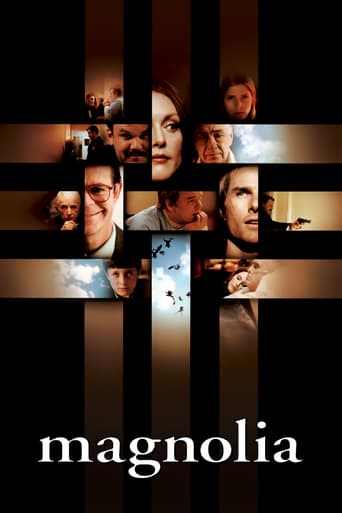
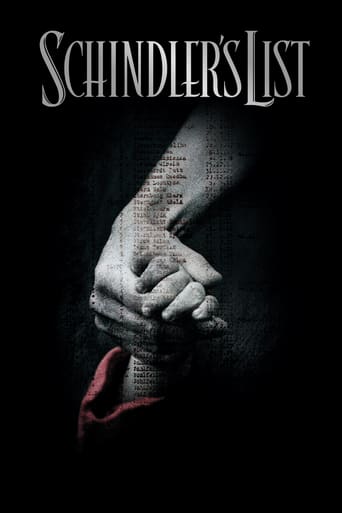
Reviews
One of my all time favorites.
It's hard to see any effort in the film. There's no comedy to speak of, no real drama and, worst of all.
The best films of this genre always show a path and provide a takeaway for being a better person.
The thing I enjoyed most about the film is the fact that it doesn't shy away from being a super-sized-cliche;
"Illusions "are the latest film by famous Polish director . An extraordinary film achievement that has rounded its imposing opus. The film deals with a topic that is current at all times, that is, how to remain consistent and how to confront the region of a totalitarian and captured state. We all know this well, because from this form we did not move even for inch. If you have not approved it, if you are not applauding, if you are not similar, if you have your own opinion, the state will endeavor to show you its power to bring you under the livelihood line, as director magnificently presented in this biographical film about Polish painter . Extremely strong frames that plasticize all the misery of human life. Film for each recommendation.
The Polish film Powidoki was released in the United States with the translated title Afterimage (2016). It was directed by the late Andrzej Wajda. (Wadja lived long enough to see the film completed, but he died before it was released.) I think that it's more than a coincidence that Wajda chose as his final film the story of a great artist who died without ever losing his dedication to art. The avant-garde Polish artist Wladyslaw Strzeminski was highly regarded in art circles all over the world. However, when Poland was dominated by the Soviet Union, he was forced out of his teaching post. Ultimately, he could not find work, and his lack of funds caused him to die in poverty from tuberculosis in 1952.This is a hard film to watch. We see Strzeminski forced from his role as professor, forced to separate from his students, and forced out of the artist's guild. He's told that in Communist Poland, only those who work get to eat. The problem is that the government won't let him work, so basically he is sentenced to death, although he was never charged with a crime.Boguslaw Linda portrays Strzeminski, and his acting is superb. He's an experienced Polish actor, who has worked with Wadja before. A movie like this will stand or fall on the merits of the star. Linda makes us believe in the character. We see him continually making choices. He himself sees no choices--he lives for his art and he dies for it.We watched this movie in Rochester's wonderful Dryden Theatre at the George Eastman Museum. It will work well on the small screen. Afterimage was shown at the Grand Opening of part two the outstanding 2017 Rochester Polish Film Festival. Earlier this year, the Dryden screened A Generation. That was Wajda's first film, and this was his last. What an opportunity to follow the development of a talented director from the beginning to the end of his career.
A person sees only what they are aware of. This is the afterimage. For Wladyslaw Strzeminski, a real-life artist and professor in post- World War II Poland, the knife of awareness cuts both ways. A model communist citizen before it was fashionable to be so, Strzeminski finds himself at odds with indifferent, hollow politicians and struggles to maintain his integrity, after the war. Despite the artist's modest lifestyle, efficiency apartment, the loss of his legs in the war and desire just to paint, teach and take pleasure in such simple things as rolling in a meadow, he is slowly crushed by these unfeeling bureaucrats. He is even banned from buying art supplies. Beloved by his students, Strzeminski encourages their individual forms of expression and urges them to keep the boundary between art and politics.The film scenes are precise and the transitions between them are remarkably fluid, scary good! The acting is exemplary. The actors are cast perfectly, especially the main actor and the young woman who portrays his long-suffering daughter. Such wonders are the marks of a masterful director. Wajda died just after the completion of the film. Wajda was the trusting sort, said a friend of his, just before the film began. Such trust in his crew paid dividends. Seen at the Miami International Film Festival.
Amazing feat: at the age of 90 Andrzej Wajda is as convincing as he was at the age of 50! Exceptional cinematography: Marek Edelman as excellent as ever. Outstanding acting: Bogoslaw Linda a good bet for best acting. A very good script: keeping balance between the inevitably highbrow dialogues on art and unexpected turns of action. And example for this can be the end of a potential "love affair", which does not end on a romantic note but strikes hard with the brutal abducting of a beautiful girl. Who, by the way, is not the central romantic character. On the contrary, the "great love" remains invisible and is only made romantically visible by white flowers that turn blue. What could more lyrically stress the importance of color in life? By the way, that end of the "love story" is not a harsh rejection, as it may seem, but rather proves that the artist was really fond of the young girl and, nobly, would not allow her to wretch her life at his side.The film is about the cruelty of the Stalinist period and how it intervened and interfered in the private lives of the common citizen and all the more so in the sphere of art, which "had to serve the people and the final victory of socialism". There are no throats being cut, people being shot or hanged. No spanking. Everything takes place in and "orderly way", for strict rules must be followed. Or perhaps only almost always! This reminds us of Kieslowski's film about killing or the thick atmosphere of Arthur Koestler's "Darkness at noon". Little by little art, i.e. the protagonist, is being suffocated. It is like cutting his veins, but not at once, slowly, in slow motion. Let him bleed to death, but "naturally". That was really a very hard time and Andrzej Wajda knows what he is talking about, for he experienced it "on his own skin", as you say in Polish. A symbolic image summarizes the pic: the window in the artist's dwelling is suddenly veiled by a red banner. A painter can somehow bear poverty, but can he survive without light? Brushes, paint? Wajda's choice of the actor (Boguslaw Linda) to embody Wladyslaw Strzeminski, one of the great Polish artists and art professors of that period, was fundamental to the artistic value of the picture. Bearing also in mind the fact that he had to play a cripple, who had lost two limbs, certainly made his acting even more daunting. And the outcome is certainly impressive.Another factor that helps sooth the dreariness of the artist's predicaments is the strong presence of the teenager actress (Bronislawa Zamachowska) who plays his daughter. Her seemingly matter of fact reactions to reality and only rare expressions of deeper feelings function as a balance between the drama we witness and the everyday chores or the mere sipping of tea. "There are holes in my shoes" or "You smoke too much". His adoring students, on the other hand, may represent what was left of hope in those days. Their solidarity with the aging, crippled professor was an omen of better times to come, for who can defeat youth? And who can defeat art? The material shabbiness of those times, when "all were equal, but some were more equal than others", with food rationing, very poor dwellings etc. is shown in detail. Some viewers used to cinematic tangibility may not appreciate some of Wajda's discreet, very subtle hints and symbolic images, but, no doubt, in artistic terms this pic is a comeback to his heydays.Rio Film Festival 8th October, 2016 Tomasz Lychowski
